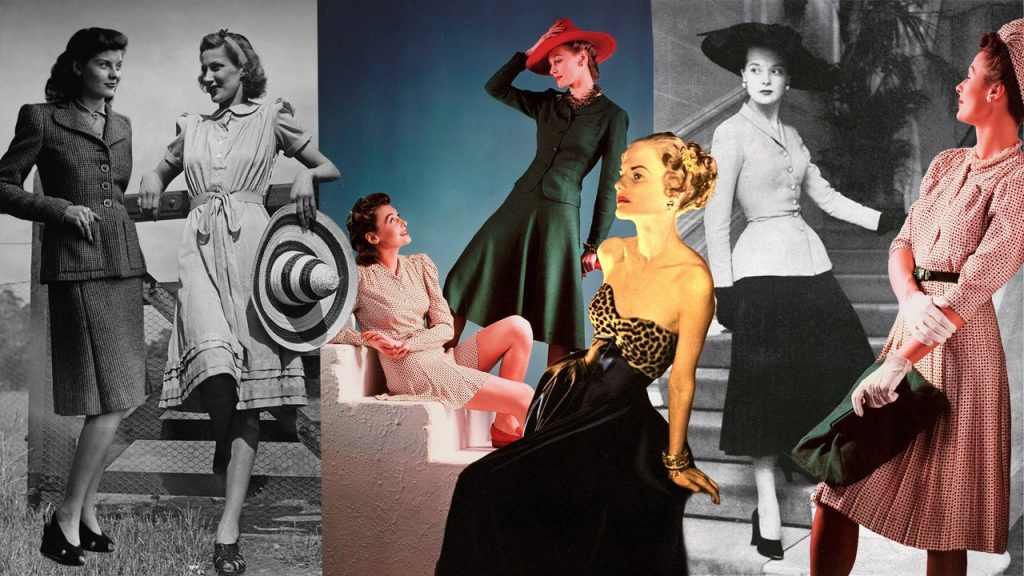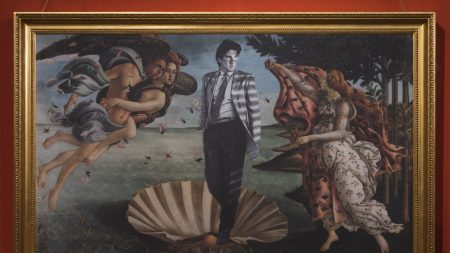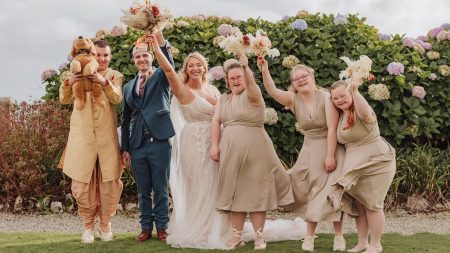Shoes in the 1940s were characterized by sturdy construction, with rounded toes and substantial heels. Due to leather shortages, alternative materials like cork and espadrilles became popular. Vogue’s January 1, 1944, issue featured “Unrationed Raffia Shoes” that were praised as “Footloose and Ration-free.” The era saw a rise in the use of unexpected materials in fashion, such as the curved bamboo-handle bag introduced by Guccio Gucci in 1947. This period was marked by creativity and innovation in footwear design.
American designers rose to prominence in the 1940s as they looked inward for fashion direction following the fall of Paris. Norman Norell, Bonnie Cashin, Tom Brigance, Rudi Gernreich, Gilbert Adrian, and Claire McCardell were among the designers who made a name for themselves during this time. Claire McCardell’s “Pop-over” dress, originally introduced as a $7 Utility garment in 1940, revolutionized American sportswear by offering easy, practical, yet stylish clothing. The American fashion industry flourished with designers showcasing their unique styles and pushing boundaries.
Hollywood played a significant role in setting fashion trends during the 1940s, with films like A Philadelphia Story, Gilda, and The Big Sleep showcasing stylish wardrobes. Actresses such as Rita Hayworth, Veronica Lake, Lauren Bacall, and Ingrid Bergman were dressed by renowned costume designers like Gilbert Adrian, Edith Head, Orry-Kelly, and Jean Louis. Katharine Hepburn made a bold statement by wearing pants, breaking gender norms and influencing women’s fashion. Her iconic tuxedo ensemble in Woman of the Year (1942) designed by Adrian Adolph Greenberg remains a memorable moment in fashion history.
Post-war Parisian fashion staged a comeback with the “Théâtre de la Mode” showcasing the creativity and resilience of French designers. During the German Occupation of Paris, fashion was stifled, but upon liberation, couturiers were eager to reclaim their place in the industry. Led by Lucien Lelong, 40 couturiers collaborated on a fashion show featuring dolls with smaller bodies to conserve fabric. The show traveled to various cities, including Barcelona, London, New York, and San Francisco, giving audiences a glimpse of postwar French fashion and signaling Paris’s return to the forefront of the fashion world.
Overall, the fashion scene of the 1940s was marked by innovation, creativity, and resilience. Designers experimented with materials, styles, and silhouettes to create distinctive and timeless pieces. American designers gained recognition for their unique approach to fashion, while Hollywood icons set trends and challenged traditional norms. The return of Parisian fashion post-war symbolized a new era of creativity and collaboration among couturiers, showcasing the enduring influence of French design on the global fashion industry. The 1940s was a period of transformation and evolution in fashion, shaping the industry for years to come.















